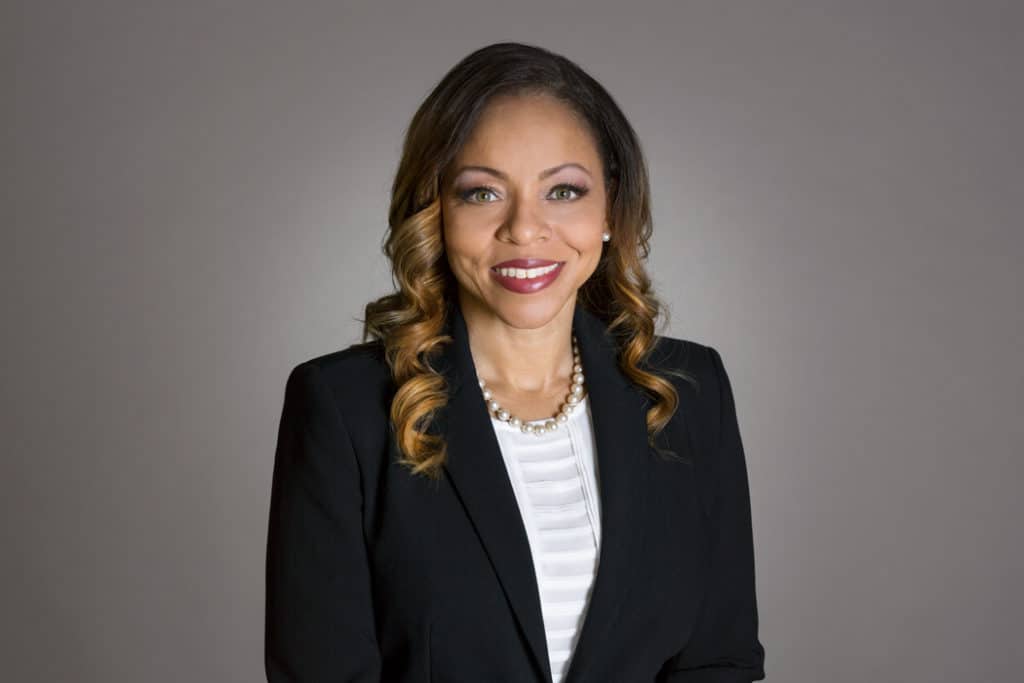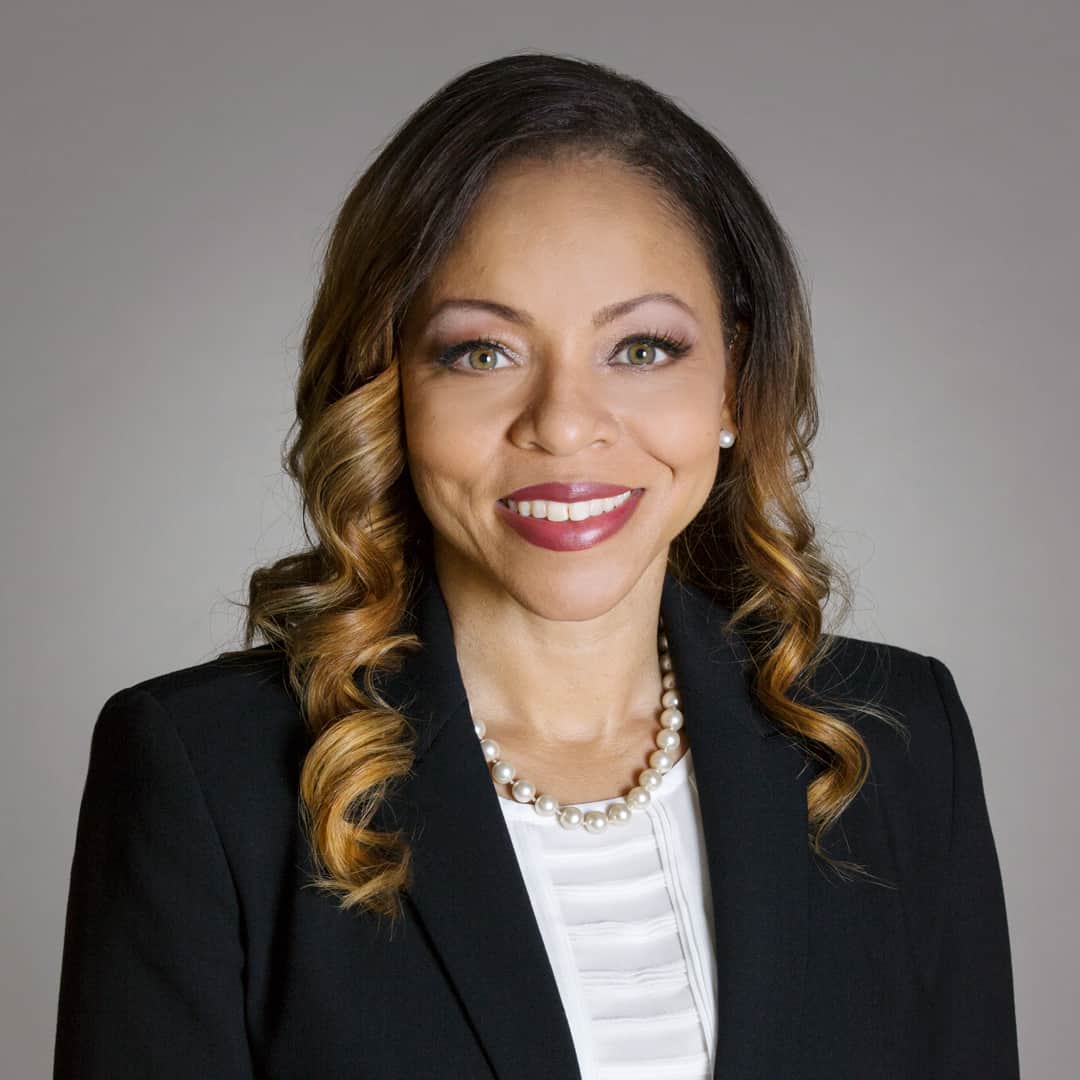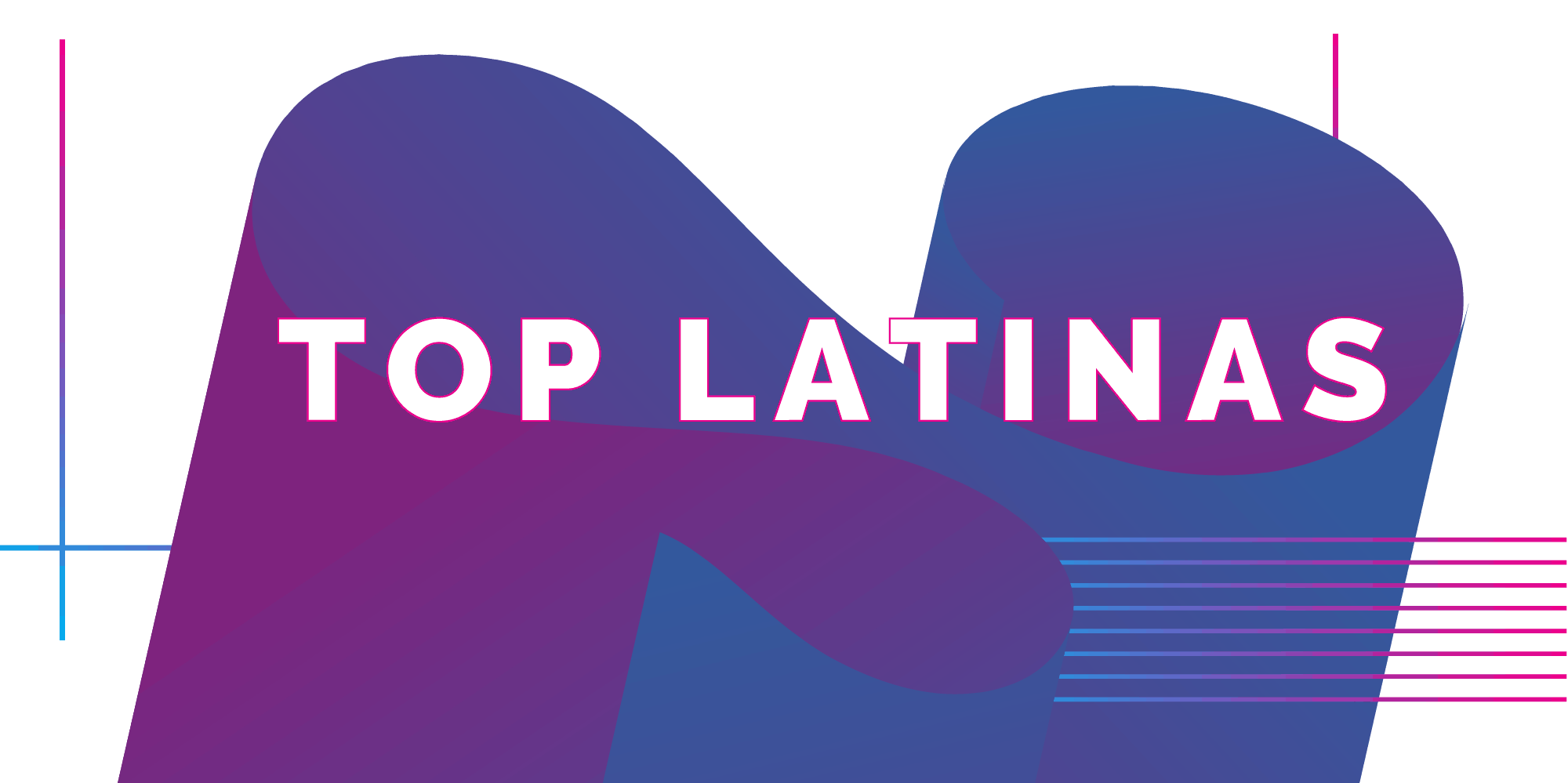How Lilly Makes Diversity and Inclusion a Business Imperative
To better understand its diverse workforce, Eli Lilly and Company created Employee Journeys
By Amanda Garcia
One person was killed and nineteen were injured during a “Unite the Right” rally in Charlottesville, Virginia, just a little over a year ago. It was another on a growing list of incidents and examples of racial unrest in the United States. Although it was all over the news, it wasn’t easy to talk about at work—not even for Joy Fitzgerald, chief diversity officer at Eli Lilly and Company.
Lilly has been focused on its diversity and inclusion strategy for over thirty-five years, so compared with many other companies, Lilly does well in D&I. “But the truth is that corporate America in general has not figured out how to bridge cultures across race, gender, and ethnicity,” Fitzgerald says. “So as much as we’d like to celebrate our progress at Lilly, we have room to improve—just like every other company.”

Developing a deep and thorough understanding of patients’ experiences is something Lilly has been invested in for the past 140-plus years. Understanding who these individuals were before their diagnosis and how they live during and after treatment is an essential business process in the company’s mission to meet patients’ needs.
In a similar way, Lilly has recognized the importance of developing a deeper understanding of its own employees. As a company, they began asking, “If we sought to understand our employees’ experience with the same amount of rigor we apply to understanding our patients, what might we learn?”
So, in 2014, they began an effort to understand the experiences of diverse employees and to more effectively engage diverse voices across the company.
It started with a look at gender representation among Lilly employees. “Our workforce is close to fifty-fifty male and female, but we noticed that that ratio changed the further up in management we looked,” Fitzgerald says. “We wanted to understand why there were fewer women at the highest levels.” So they began to ask questions of employees: Who were you before you joined Lilly? How can we help you leverage your unique perspective?
These questions and others were part of an initiative of understanding called Employee Journeys. The first effort focused on women. A year later, Lilly began the research that resulted in the African American Journey, the Asian Journey, and the Latino/Hispanic Journey, which will be shared this fall.
“In the news and in our own communities we see a lack of cultural understanding of minority populations,” Fitzgerald says. “Hopefully that’s changing, but for Latinos, especially those who are immigrants, we continue to see real challenges today.”
“The beginning of success for us will be increased representation of Latino talent in our workforce, and in our leadership.”
At Lilly, one goal is to increase the representation of Latinos across all employee levels. “The beginning of success for us will be increased representation of Latino talent in our workforce and our leadership,” she said. They saw progress in that regard after the Women’s Journey and the African American Journey. In addition, leaders and peers developed greater gender and cultural understanding. “We expect the data and stories gathered in the Latino Journey to have similar impacts, she said.
The broader Lilly community learned much about Latino culture from this work, including this: gratitude and a focus on team over self are prevalent characteristics in Latino culture. That humility often translates into Latinos being uncomfortable with self-promotion.
“So in an interview, if a candidate seems hesitant to take credit and uses we language instead of I language, that doesn’t necessarily mean they haven’t done the work on their own. It probably means that they’re more concerned with their team’s success than boasting for their own personal advancement,” Fitzgerald says. “Hiring managers’ lack of cultural competency could mean we miss out on great talent.”
In that regard, cultural understanding through the Employee Journeys is a business imperative, because everything Lilly does is built on innovation. “We will be a better company if we pull in the best, most diverse ideas, and if employees know they are safe to share those ideas. Diversity of perspectives really matters.”
“We want all of our employees to stop siphoning their authenticity—otherwise, we don’t get the benefit of who they are.”
Beyond that, the Journeys have allowed Lilly employees to stop and acknowledge differences in life experiences, and to help one another recognize the value of their unique voices. “We want all of our employees to stop siphoning their authenticity—otherwise, we don’t get the benefit of who they are,” Fitzgerald says. “Making sure that each individual has permission to use their own voice is foundational to making everyone’s life better.”
Lilly’s headquarters is located in Indianapolis, Indiana. It is a vibrant city, home to people from all over the world, but it has perhaps less diversity than might be found in some larger cities. Culturally, Lilly has often functioned with polite silence on uncomfortable topics. This silence, however well-intended, can be taken as a lack of caring during times of great worry and pain for minority employees.
But that may be changing. This year, on the anniversary of Charlottesville, Fitzgerald received a phone call from a colleague who went out of her way to listen to her voice. “I wondered if today would be difficult for you,” the colleague said. “How are you doing?”
And together, they were able to celebrate the non-violence of the day, to acknowledge difference, and to work toward greater understanding.
While difficult topics that are all over the news are certainly not any easier to talk about, many colleagues and friends at Lilly are finding it easier to start the conversations. That is in large part because of what they are learning in the Journeys.
“We’re hopeful that we’re not only going to be a better business,” Fitzgerald says, “but better citizens in our community.”



